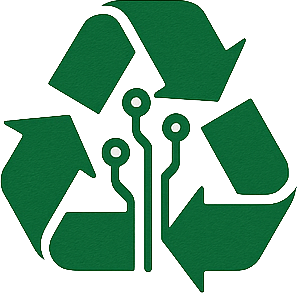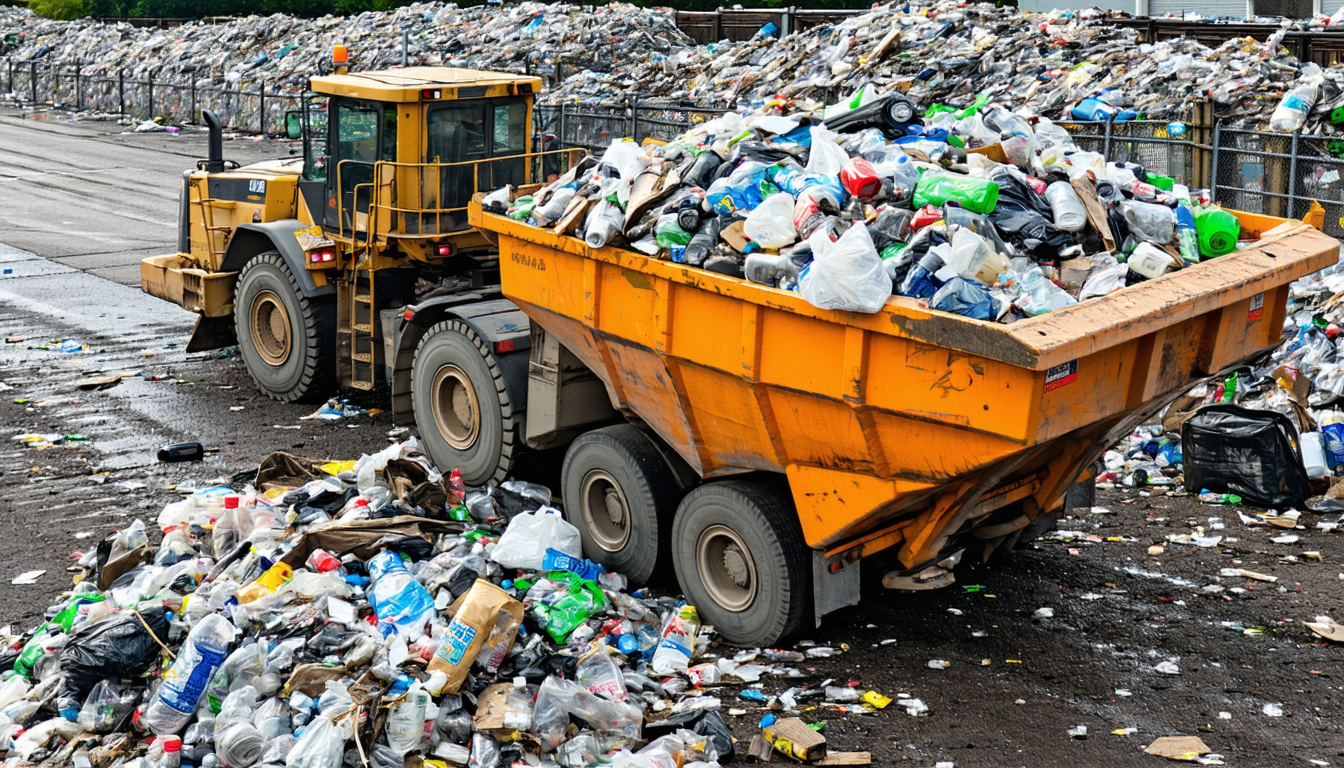Introduction
In the United States, commercial waste disposal has emerged as a critical issue for businesses, municipalities, and environmental advocates alike. With over 292 million tons of municipal solid waste generated annually, a significant portion comes from commercial entities such as restaurants, offices, and retail stores. This year, new regulations, rising costs, and sustainability demands are reshaping how businesses manage their waste. This article explores the latest developments in commercial waste disposal, their impact on stakeholders, and what the future might hold for this essential yet often overlooked sector.
Evolving Regulations in Commercial Waste Disposal
The landscape of waste management in the U.S. is undergoing a transformation as federal and state governments tighten regulations. In 2023, several states, including California and New York, have implemented stricter rules on organic waste diversion. California’s SB 1383, for instance, mandates that businesses separate food waste from general trash to reduce landfill methane emissions.
These regulations aim to curb environmental damage but pose challenges for businesses. Compliance often requires investing in new systems or partnering with specialized waste management firms. Non-compliance can result in hefty fines, pushing companies to adapt quickly to avoid penalties.
Rising Costs and Economic Impact
The financial burden of commercial waste disposal is another pressing concern. According to the Environmental Protection Agency (EPA), waste management costs have risen by 5-7% annually due to inflation, labor shortages, and increased landfill fees. For small and medium-sized enterprises (SMEs), these costs can strain budgets significantly.
Business owners are feeling the pinch. “The cost of proper waste disposal is becoming unsustainable for many small businesses,” said Maria Gonzalez, a waste management consultant based in Chicago. “Without affordable solutions or government support, some may struggle to stay compliant.”
Technological Innovations Offer Solutions
Amid these challenges, technology is providing a lifeline. Advanced sorting systems, composting technologies, and waste-to-energy solutions are gaining traction among commercial entities. For example, anaerobic digestion facilities are turning food waste into renewable energy in states like Massachusetts and Vermont.
These innovations not only help businesses meet regulatory requirements but also reduce long-term costs. However, the upfront investment can be a barrier for smaller firms. Industry experts suggest that public-private partnerships could bridge this gap by offering subsidies or tax incentives.
Environmental and Social Implications
The push for sustainable commercial waste disposal aligns with broader environmental goals. Landfills contribute to 14.5% of U.S. methane emissions, a potent greenhouse gas, as per EPA data from 2022. Diverting waste through recycling and composting can significantly lower this impact.
Beyond the environment, there’s a social dimension to consider. Communities near landfills often face health risks due to pollution and odor. Sustainable practices can improve quality of life while fostering corporate responsibility among businesses that prioritize eco-friendly disposal methods.
Future Outlook for Waste Management
Looking ahead, the commercial waste disposal sector is poised for further evolution. Experts predict that circular economy models—where waste is reused or repurposed—will become mainstream by 2030. Additionally, federal policies under consideration could standardize regulations across states, easing compliance burdens.
However, opinions differ on the pace of change. Some stakeholders argue that without immediate financial support, many businesses will lag behind. Others believe market-driven innovations will naturally address current gaps. Balancing economic viability with environmental goals remains the central challenge.
Conclusion
Commercial waste disposal in the United States stands at a crossroads in 2023, shaped by stricter regulations, rising costs, and technological advancements. While businesses grapple with compliance and expenses, innovations offer hope for sustainable solutions that benefit both the economy and the environment. As policies evolve and public awareness grows, collaboration between governments, industries, and communities will be key to addressing these challenges effectively.
Frequently Asked Questions (FAQ)
1. What is commercial waste disposal?
Commercial waste disposal refers to the management and removal of waste generated by businesses such as offices, restaurants, and retail stores. This includes materials like paper, food scraps, packaging, and hazardous items that require proper handling to comply with regulations.
2. Why are waste disposal costs increasing in the U.S.?
Costs are rising due to inflation, higher landfill fees, labor shortages, and stricter environmental regulations that demand specialized services or equipment for compliance.
3. How can businesses reduce waste management expenses?
Businesses can adopt recycling programs, invest in composting, partner with cost-effective waste management providers, and explore technologies like waste-to-energy systems to lower long-term costs.
4. What are the environmental benefits of proper commercial waste disposal?
Proper disposal reduces landfill use, cuts greenhouse gas emissions like methane, minimizes pollution, and supports resource conservation through recycling and reuse initiatives.
5. Are there penalties for non-compliance with waste regulations?
Yes, businesses failing to comply with state or federal waste disposal laws may face fines, legal action, or reputational damage, depending on the severity of the violation.





